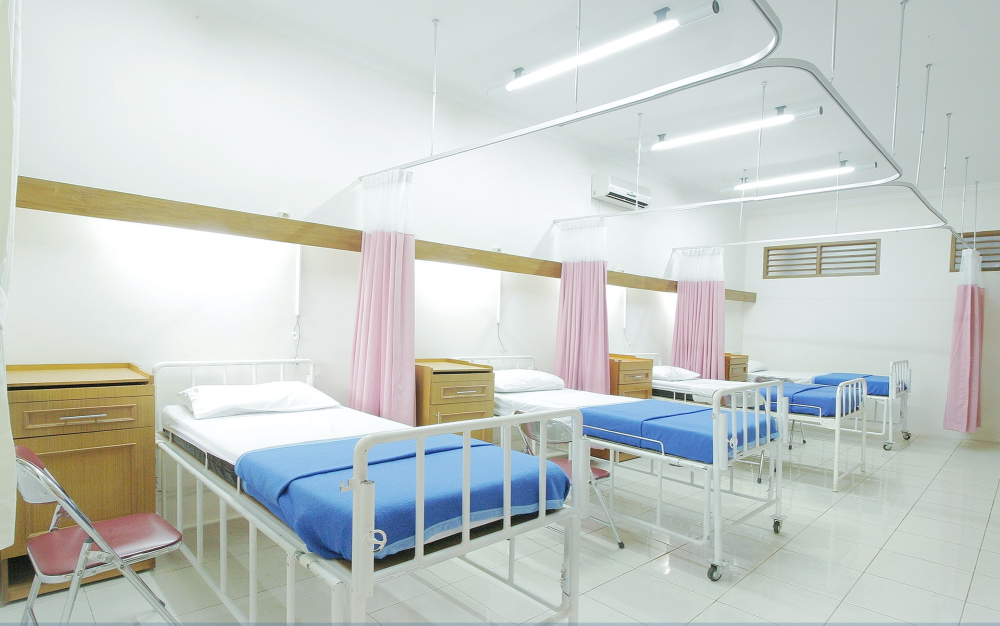7 Ways Sustainable Design Solutions Are Improving Healthcare Industry
- Written by Chloe Taylor

Sustainability is becoming more and more important in our everyday lives. Since this trend is so big, hospitals have also taken to this approach and started introducing various sustainable design solutions into their hallways, rooms and operating halls. These eco-friendly factors have many benefits that affect patients, staff and administration. So what are they and how they improve our healthcare industry?
Renewable energy
Clean energy reduces carbon emission and lowers energy bills. But, how can it have a practical use in healthcare where a consistent supplementation of energy is crucial for saving lives? The answer lies in backup generators and batteries. When there’s not enough sun or wind, generators can start using the power from the grid or power can be extracted from storage batteries. Saving energy equals saving money and more funds to direct towards research, higher pays and better facility conditions.
Water conservation
Water is one of our most precious resources and hospitals waste a lot of it. With the use of low-flow toilets and showers, hospitals can save thousands of gallons of water. As a comparison, conventional toilets use 3.5 gallons per flush (GPF) while low-flow models use 1.6 GPF. These fixtures conserve water and lower operating costs, leaving more water for local communities and more funds for healthcare development.
LED lighting
Lighting is the key piece of the healthcare design puzzle and it’s very closely connected to sustainability. Proper lighting can make a life-or-death difference in operating rooms and diagnostic offices, but it can also improve the overall satisfaction of staff and patients by reducing stress and improving focus and energy levels. From the efficiency point of view, LED is the obvious choice of lighting. Since the quality of medical lighting is a crucial factor in proper patient care, it is important to choose something durable, reliable and made according to all hygiene standards. LED lighting also has a long life span and uses much less energy than other types of illumination. All of these LED benefits will result in better general wellbeing, lower bills and cleaner and healthier environments.
New windows
Before we had today’s modern tech, windows in hospitals needed to be tinted in order to decrease heat and UV radiation. In turn, this caused the interior to be dark, so the staff was reliant on artificial lighting which boosted energy waste. Today, hospitals, clinics and all other healthcare facilities can use smart or dynamic glass that changes transparency (goes from clear to opaque). This tech allows larger windows that provide better natural lighting and requires less need from artificial illumination.
Additionally, new windows have much better insulation. Insulation is very important when it comes to both sustainability and comfort. Modern windows are being made in a manner that maintains constant indoor temperature. Constant temperature guarantees ultimate patient comfort and saves resources and money.
Biophilia
It is well-known that indoor plants have many benefits, both for humans and the environment. They can improve air quality indoors by removing carbon dioxide from the air and supplying it with fresh oxygen. They also help temperature regulation, improve humidity and even reduce pollutants in the air. Also, looking at greenery can have a beneficial effect on mental health and recovery. So, filling the rooms and waiting rooms can be a great way to tackle many issues at once.
Healing outdoor environments
Looking at nature or taking a short stroll around the garden area can positively impact human health, especially stress and depression. Modern hospital designs concentrate on natural elements like terraces, balconies, rooftop parks and green courtyards that can improve the presence of nature in patients’ lives and give everyone access to nature. In turn, we can expect to see better healing results, less stress and shorter hospital stays.
Use of recycled materials
Recycling is one of the easiest and most efficient ways to be sustainable. Recycling and using recycled materials can help with waste reduction, but it also preserves resources, lowers pollution and improves facility reputation. While many hospital materials can’t be recycled, some can be reused very successfully. Plastic bins can be recycled into things like toilet partitions, lockers and furniture that’s long-lasting, non-absorbent and very resistant.
While green design trends are not easy to implement in hospital environments, it is not impossible to run a sustainable healthcare facility. These sustainability trends have numerous benefits on staff, patients, administration and environment, so investing in them can be a great idea.





